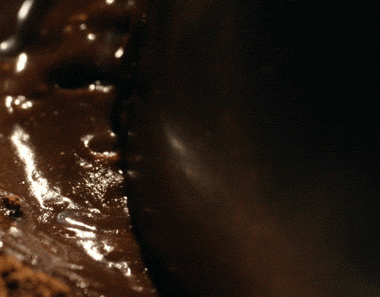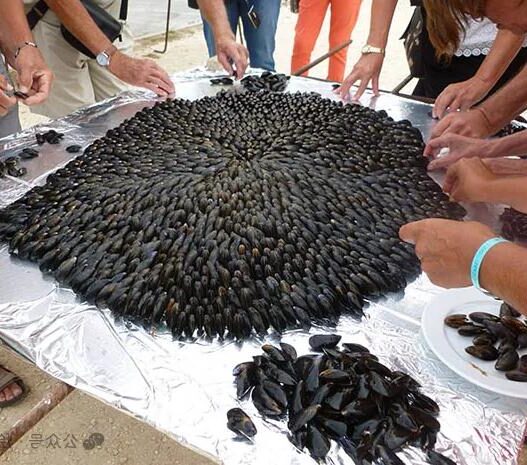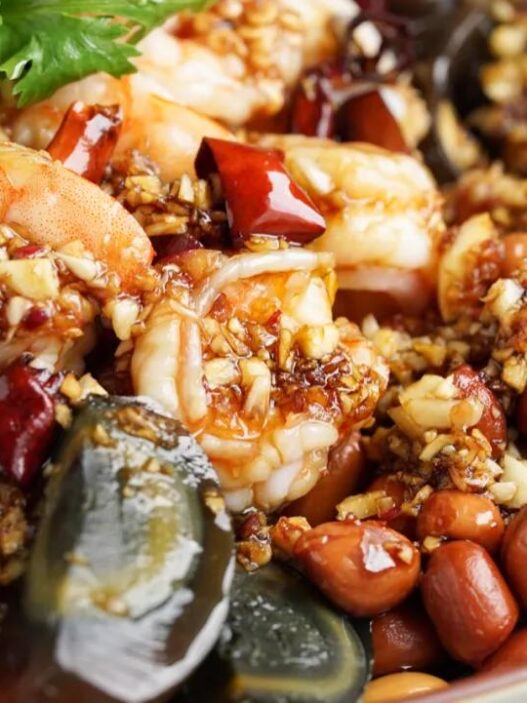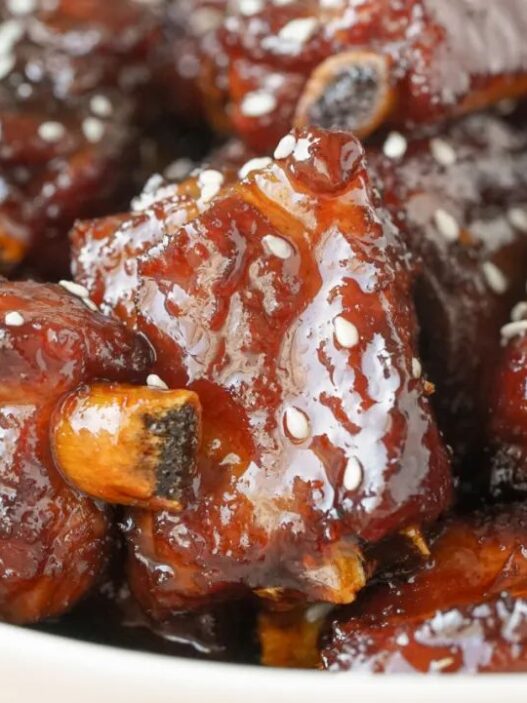Desserts: Sweet Symbols of Culture
Desserts are more than just delightful treats; they are a way to comfort the soul and celebrate special moments. Each dessert carries a rich history, culture, and regional charm, offering a taste of the unique traditions of different countries. Today, let’s embark on a global dessert journey and explore some of the world’s most enchanting sweet creations.

Italy – Tiramisu
History and Origin
Tiramisu, one of Italy’s most iconic desserts, translates to “pick me up” (Tira mi su), evoking romance and warmth. Its origins are debated, but the most popular story traces it back to the 1960s in Treviso, northern Italy, where a local restaurant owner created it as a “gift of love” for his wife.
Preparation
Tiramisu is simple yet classic, made with mascarpone cheese, eggs, sugar, ladyfingers, coffee, and cocoa powder. Egg yolks are whisked with sugar and blended with mascarpone to form a creamy mixture. Ladyfingers are soaked in coffee and layered with the cheese mixture. After chilling, it’s dusted with cocoa powder, resulting in a velvety texture with a perfect balance of coffee bitterness and creamy sweetness.
Unique Features
Tiramisu’s charm lies in its bittersweet flavor profile, evoking the romantic ambiance of Venice’s winding streets. Each bite is a taste of Italian elegance and warmth.

Turkey – Baklava
History and Origin
Baklava is a traditional dessert from Turkey and the Middle East, influenced by Arab, Persian, and Greek cultures. Its exact origins are unclear, with some attributing it to the Ottoman Empire’s royal kitchens and others tracing it back to the Byzantine era. Today, it’s a staple in Turkish hospitality.
Preparation
Baklava is meticulously crafted with layers of thin phyllo dough, filled with chopped walnuts or pistachios. After baking to a golden crisp, it’s soaked in syrup or honey, creating a sweet and fragrant treat. It’s typically cut into small squares, offering a rich yet balanced flavor.
Unique Features
Baklava’s sweetness and layered texture are its hallmarks, symbolizing the region’s cultural richness. Each bite transports you to the opulent courts of the Ottoman Empire, offering a taste of exotic luxury.
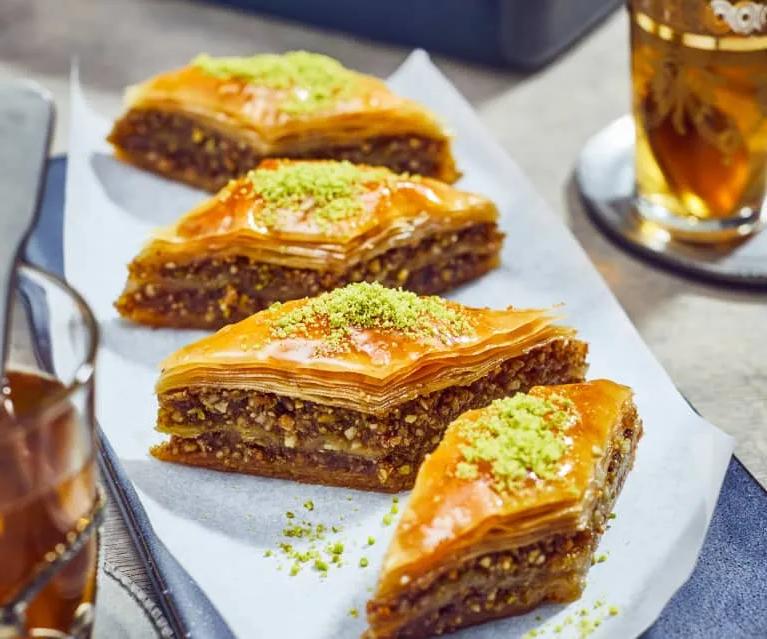
France – Macaron
History and Origin
Macarons originated in Italy but were brought to France in the 16th century by Catherine de’ Medici. They evolved into a French delicacy, symbolizing elegance and refinement, and are now a staple in Parisian cafés.
Preparation
Macarons are challenging to make, requiring almond flour, egg whites, and sugar. The batter is carefully mixed, piped, and baked to achieve a crisp shell and soft interior. They are filled with various flavors like raspberry, vanilla, or chocolate, creating a colorful and enticing treat.
Unique Features
Macarons are a feast for both the eyes and the palate. Their delicate shells and creamy fillings offer a harmonious blend of textures and flavors, making them a sophisticated indulgence.

Japan – Wagashi
History and Origin
Wagashi, Japan’s traditional confectionery, has a history spanning over a thousand years. It’s not just a dessert but an artistic expression, originally inspired by Chinese dried fruits and later refined with ingredients like red bean paste, mochi, and matcha.
Preparation
Wagashi is made with ingredients like glutinous rice flour, red bean paste, and matcha, often shaped into seasonal designs using molds. Popular varieties include daifuku, yōkan, and dango, each showcasing delicate craftsmanship and subtle flavors.
Unique Features
Wagashi reflects Japan’s deep connection to nature and the seasons. From cherry blossom designs in spring to maple leaf motifs in autumn, each piece embodies the beauty of the natural world and the artistry of Japanese culture.

India – Gulab Jamun
History and Origin
Gulab Jamun, a beloved Indian dessert, derives its name from the Persian words for “rose” (Gulab) and “fruit” (Jamun), meaning “rose fruit.” It was introduced to India by Persian traders and has since become a staple in Indian celebrations.
Preparation
Gulab Jamun is made from khoya (reduced milk) dough, shaped into balls, deep-fried, and soaked in rose-scented sugar syrup. The syrup is often infused with saffron or cardamom, adding a fragrant depth to its sweet flavor.
Unique Features
Gulab Jamun symbolizes India’s rich cultural heritage and hospitality. Its soft, syrupy texture and aromatic sweetness make it a favorite at weddings and festivals, embodying the joy of shared moments.
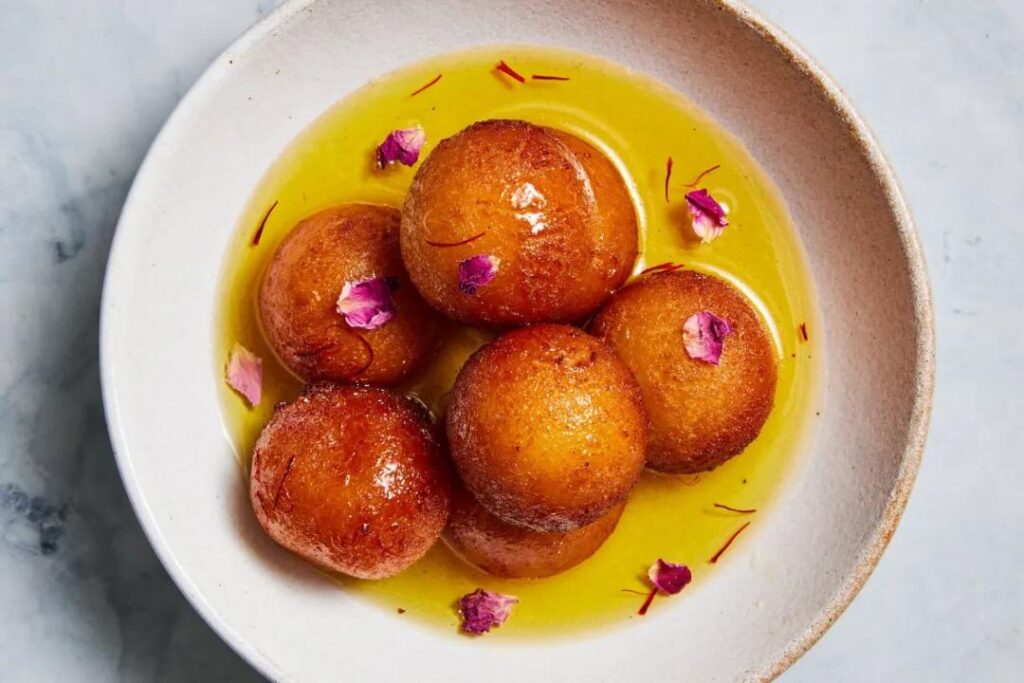
Argentina – Alfajor
History and Origin
Alfajor, a dessert with Arab origins, was brought to Latin America by the Spanish and has become a national treat in Argentina and Uruguay. Its name comes from the Arabic word “Al-fakher,” meaning “luxurious.”
Preparation
Alfajor consists of two soft cookies sandwiching a layer of dulce de leche (caramelized milk). The cookies are often coated with coconut flakes or powdered sugar, creating a rich and satisfying treat.
Unique Features
Alfajor’s dense, caramel-filled texture sets it apart from lighter European desserts. It reflects the passionate and vibrant spirit of Argentine culture, making it a beloved symbol of national identity.

Conclusion
Desserts are more than just sweet indulgences; they are windows into the cultures and histories of their origins. From the romance of Tiramisu to the layered richness of Baklava, the artistry of Wagashi, the elegance of Macarons, the aromatic sweetness of Gulab Jamun, and the hearty delight of Alfajor, each dessert offers a unique taste of the world’s diverse culinary traditions. Embark on this global dessert journey and savor the sweetness of cultural fusion!






